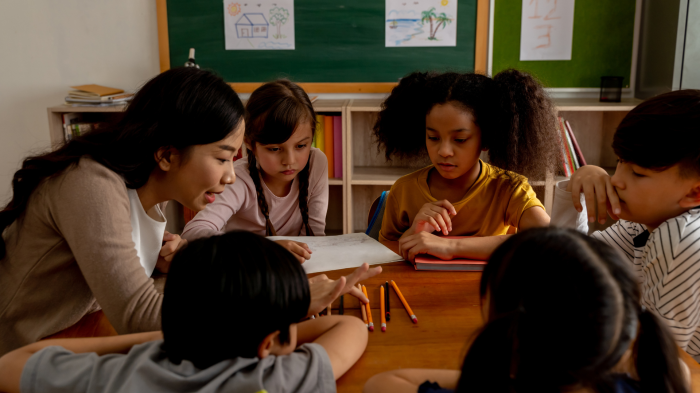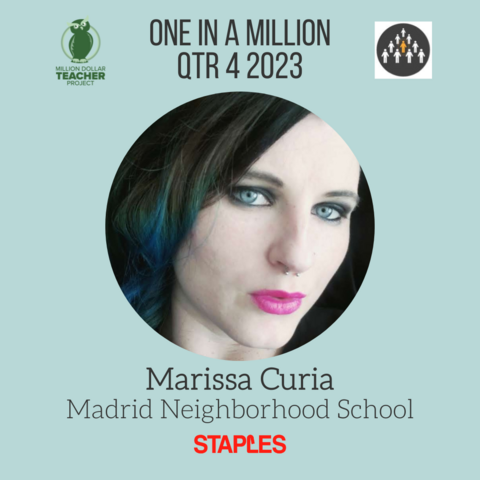While reading, writing and math are the basic elements that should be taught to students, there is so much more they should be learning. All students should be actively working on their critical thinking skills in the classroom.
So many of life’s situations require people to think critically to analyze data presented to them, choose the best course of action to take to solve the problem and follow through with their choices. The earlier students cultivate critical thinking, the more skilled they will be at producing sophisticated, thoughtful solutions to the challenges they face. Mastering this skill will carry them through the rest of their life.
So how does one improve their critical thinking skills? Eight professionals shared their own ideas on how to do so.
Move Away From Standardized Testing
My top tip for improving critical thinking in the classroom is for students to have more opportunities to utilize what they learn in the classroom, in a hands on way, in the real world. My other tip is for schools to not be so dependent on standardized testing to evaluate a student’s mastery of concepts.
Lloyd Hopkins, Million Dollar Teach Project
Individual Problem Solving
Improving critical thinking requires being challenged. Whether in a classroom or in the workplace, it is important to let people think and problem solve on their own. Teachers and supervisors will often do things for the student or employee and not show them or let them try on their own first. Letting a person wrestle with the problem at hand and come up with solutions on their own is how they are going to expand their critical thinking skills. It is important for the person in charge to let the student or employee think and even in some cases struggle with a problem before giving them the answer.
Denise Gredler, BestCompaniesAZ
Empathize With Others
Have students or employees learn to put themselves in someone else’s position. What would they do if they were someone else? How would that person handle this situation or think about this idea? It forces them to think differently than they probably would have and learn empathy in the process, as well.
Kenna Hamm, Texas Adoption Center
Activities Without Clear Cut Answers
Improving critical thinking comes down to challenging the children. Stimulating their minds with activities that do not have clear cut answers is a great way to encourage problem-solving and having to think about the bigger picture. Also, for younger children giving them toys that have an end goal and purpose, not just toys that entertain, is a great way to encourage critical thinking at a young age. It is all about creating an environment where the children are in charge of solving problems.
Ryan Nouis, TruPath
Slow Down
Take your time when strategizing and critically thinking through problems. Critical thinking is just deliberately and systematically processing information so that you can make better decisions. This is not something that can be rushed! When given a problem at school or work where you must think critically, take a deep breath, slow down, and deliberately employ critical thinking in ways of conceptualizing, analyzing and evaluating. This is what should be taught to students in school!
Kayla Centeno, Markitors
Active Virtual Engagement
Critical thinking requires active engagement. Removing distractions and enhancing focus will go a long way in supporting an active engagement environment. Cultivating personal responsibility for the task at hand is also pivotal.
Michael Herion, Carrot Eye Center
Recognize Thought Process Biases
An essential step to improving critical thinking skills is to be able to recognize assumptions and biases in your thought process. It is really easy to say “Our customers want this!” but is this fact or conjecture? Intuition is great and should lay the foundation for experimentation not critical decision making.
Lukas Ruebbelke, Briebug
Question Your Sources
To improve critical thinking, the first step is to evaluate what you hear and read. Don’t take anything at face value. You need to ask questions and do your research. Everyone has a motive and bias, so consider the source of the information.
Joanne M Elsen, CPA PC
Terkel democratizes thought leadership to improve the web for everyone. Sign up at terkel.io to answer questions and get published.








